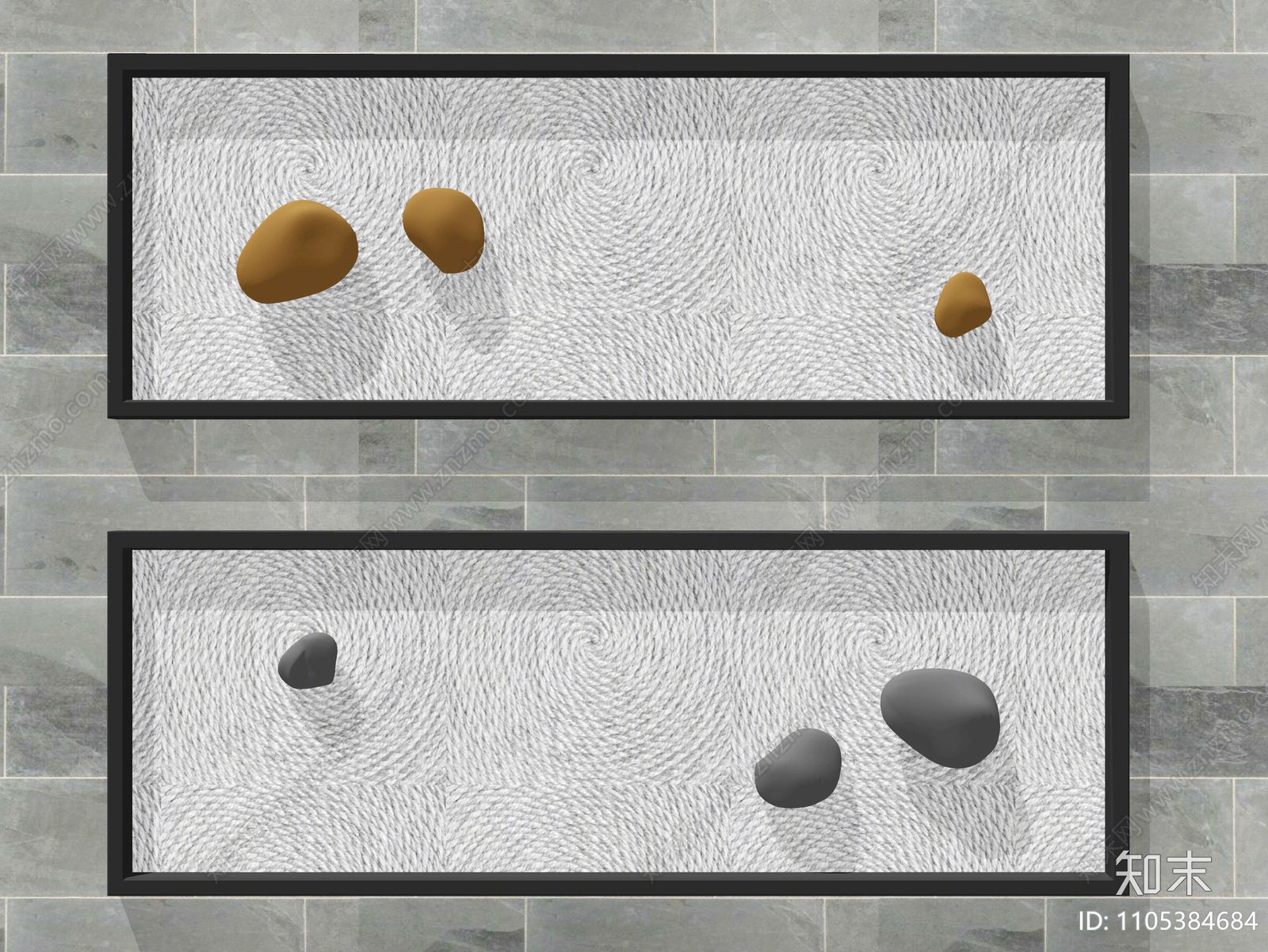


Under the “edit” section, select “modeling settings.” Uncheck “hidden geometry,” “model axes,” “section cuts,” “section fills,” and “guides.” Go back to the “styles” tab of the default tray to edit the line rendering settings. There will now be a tab at the top left of your screen that says “scene 1.” Don’t forget to save your model! Hit the “+” button at the bottom of the default tray. Once you have all of the faces correct, you’ll want to save a new scene. Select “reverse faces.” In some areas, you may have to manually select each face and reverse them individually. To fix this, double click into the model and then right-click on the incorrect faces. To get a consistent look, you’ll want to make sure all the faces are oriented the same way. This is because Sketchup recognizes both the front and backside of faces. You may notice that some of the faces appear white and some of them appear gray.

Then, under the “style” section, select “display shaded using all same.” Select the “faces” thumbnail so you can edit the model faces. Go to the “edit” tab of the “styles” dropdown in the default tray. Open the default tray by navigating to “window” > “default tray” and select “show tray.” You also want to make sure “styles” are checked.Įdit Style.


 0 kommentar(er)
0 kommentar(er)
